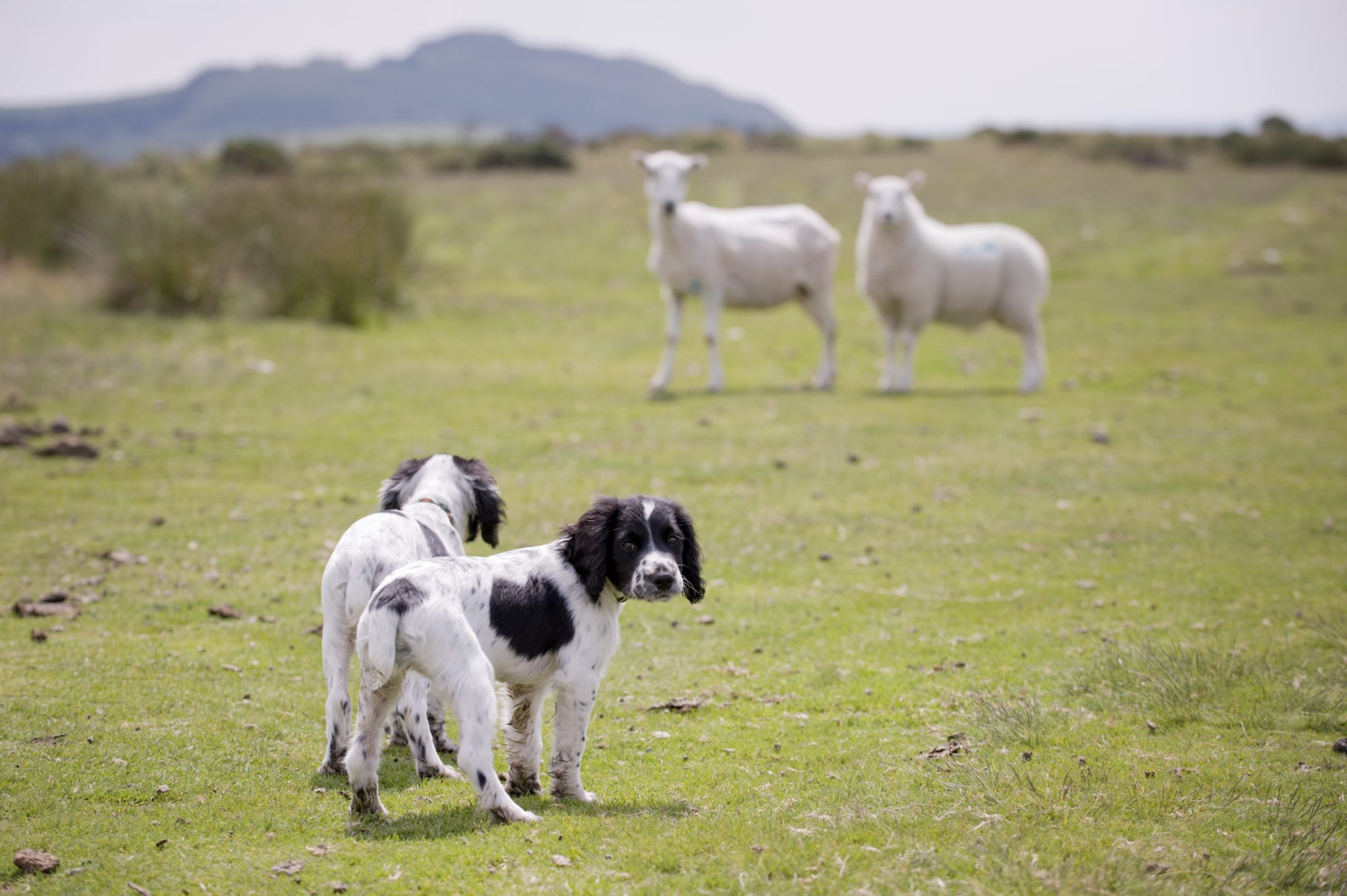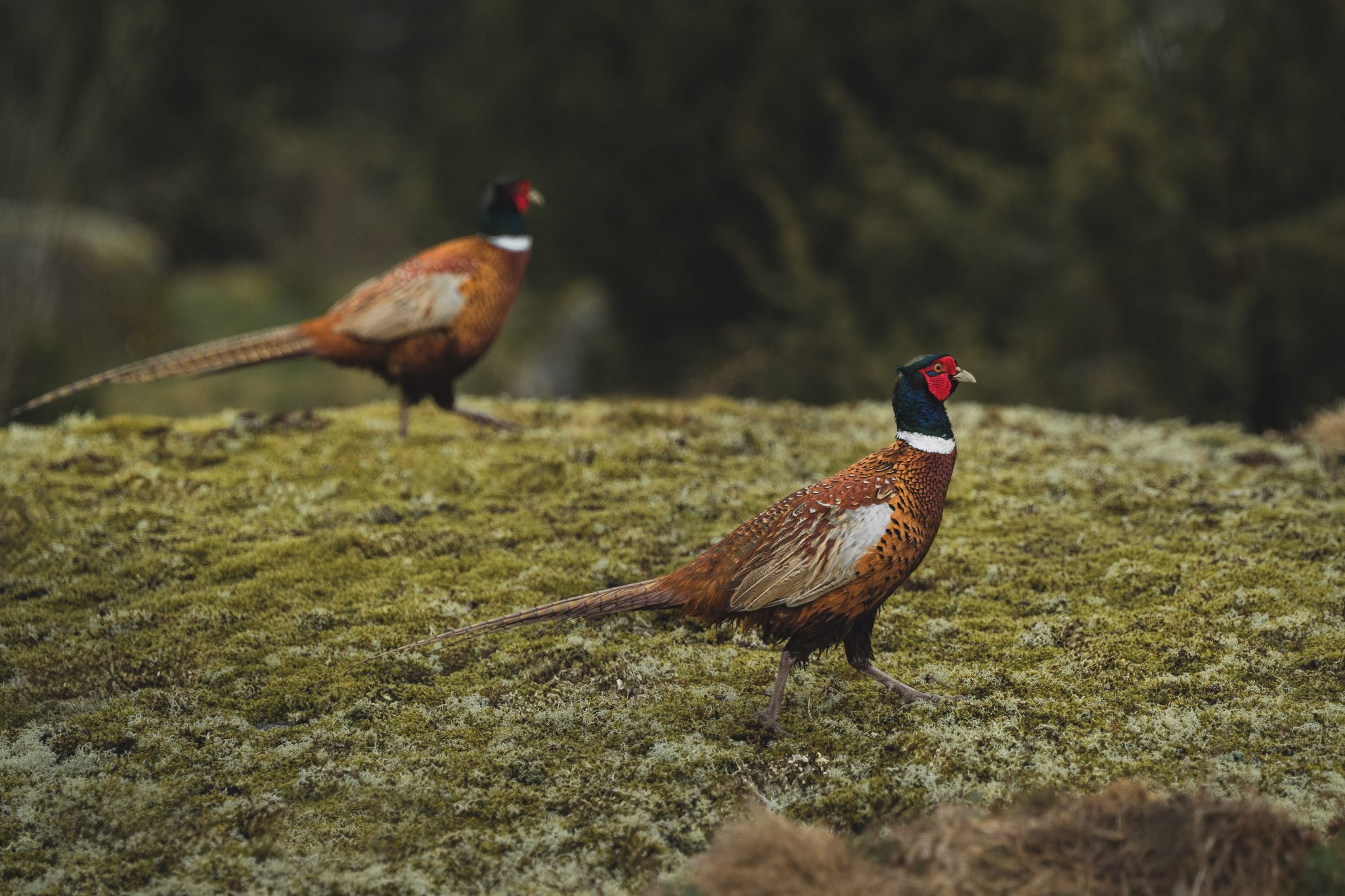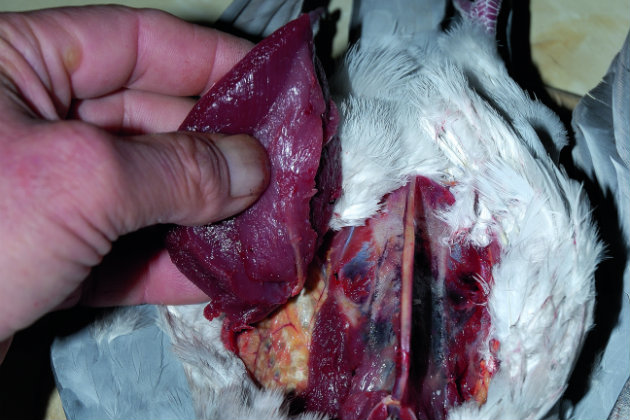Win CENS ProFlex DX5 earplugs worth £1,149 – enter here
Hanging woodpigeon – how to handle the birds after you’ve shot them
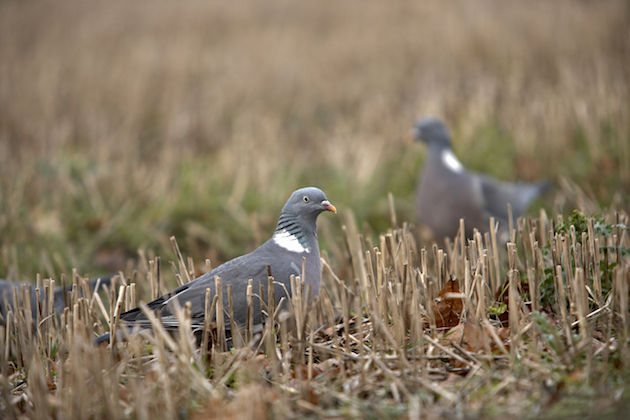 Wood Pigeons, Columba palumbus feeding in a stubble field, East Yorkshire, UK
Wood Pigeons, Columba palumbus feeding in a stubble field, East Yorkshire, UK
Hanging woodpigeon
Eating woodpigeon you’ve shot yourself is wonderfully satisfying but keeping them in the best condition before cooking is key. Once pigeons have been successfully shot and picked-up, they must be treated with respect; they are a food source and should be handled as such. (Find our pigeon recipes here.)
Hanging woodpigeon correctly is only part of stopping the birds from spoiling; at different times of year you have to handle them differently before moving them to the chiller.
Never shoot a surplus of pigeon if you are only going to dump them at the end of the day. Eating woodpigeon is delicious and there is huge demand for it, so there is no excuse for not finding shot birds a home, even if you just give them away to friends and family. (Read Tom’s tips on where to sell woodpigeon.)
Getting the pigeons off the field
In cool winter and spring weather you can use a breathable hessian sack to carry the birds off en masse. Most hessian sacks and bags hold between 50 to 75 dead birds. Once you’re back at your vehicle, you should have crates to hand to transfer them into. Lay the birds out correctly breast up. You will get about 25 to a crate – don’t over pack them because they won’t cool.
In warmer weather flies will lay eggs and it won’t take long for the birds to turn green. Picking up birds in laid crops is difficult. My advice is to box the birds as you go along, keep them in the shade and covered, protected from flies. Time is not on your side in hot weather. As soon as you’re off the field, get the birds into a chiller as soon as possible. If you shoot a big bag, many gamedealers will come out and take them off your hands straight away.
Top tip: Before you take birds off the field and back to the vehicle, empty their crops. This is particularly important when you have been shooting over any green crop, such as rape, because the meat can become tainted if the bird’s crop is full.
(You should also read through the law on shooting woodpigeon.)
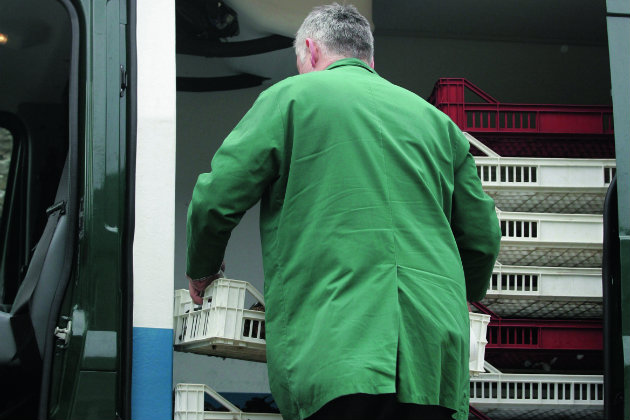
On red-letter days your gamedealer may come to the field to collect the dead birds straight away
Back at base
Ideally, birds should go straight into chillers or gamelarders to cool down properly. During the winter birds can go straight into the chiller in the crates you have packed them in, but through the summer months it’s best to lay the individual birds out. Hanging woodpigeon up will also cool them quickly. If you don’t have the use of a chiller, a shaded, cold stone floor — for example, in a garage — is the next best thing.
Breast up in winter, breast down in summer
Lay your birds out breast up in the winter to cool quickly. In the summer, if it is warm, lay them breast down on a cold floor. If you are unable to get your birds to a gamedealer for a few days put them into a freezer. If you have space, it’s worth investing in a chest freezer. Pick out the birds in best condition and freeze them for your next outing. If you have decided to keep some for your own consumption, let them cool down before breasting them.
In most cases, only the breasts are taken from the dead birds. Give the rest of the carcass to keeper friends who will use it as feed or bait for Larsen traps or trying to get that tricky fox. You can also incinerate carcasses in an oil drum. In winter the cooler temperatures will slow the rotting of any breasted birds that have been tied up in a bin liner.
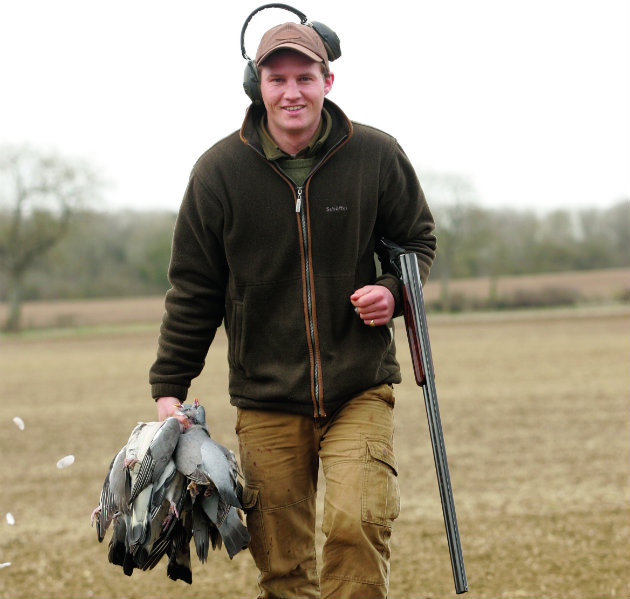
It’s important to get shot birds off the field and into storage as soon as possible
This article was originally published in 2016 and is kept updated.
Related Articles
Get the latest news delivered direct to your door
Subscribe to Shooting Times & Country
Discover the ultimate companion for field sports enthusiasts with Shooting Times & Country Magazine, the UK’s leading weekly publication that has been at the forefront of shooting culture since 1882. Subscribers gain access to expert tips, comprehensive gear reviews, seasonal advice and a vibrant community of like-minded shooters.
Save on shop price when you subscribe with weekly issues featuring in-depth articles on gundog training, exclusive member offers and access to the digital back issue library. A Shooting Times & Country subscription is more than a magazine, don’t just read about the countryside; immerse yourself in its most authoritative and engaging publication.



